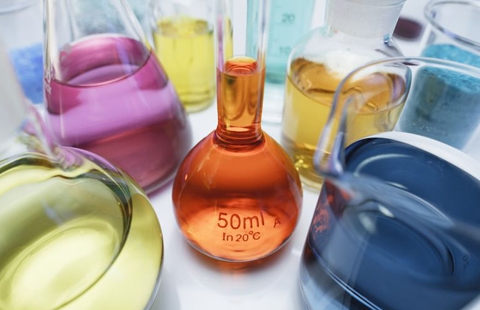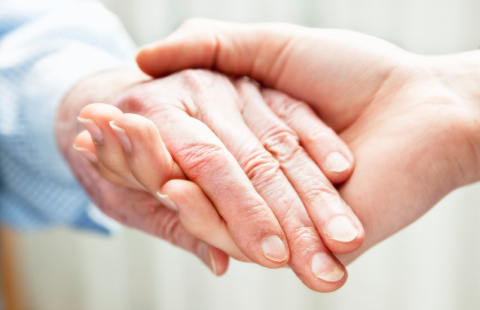Hard Surface Disinfectants Monograph

Cleaning & Disinfecting, the Dustbane Difference
What is the Hard Surface Disinfectants Monograph?
In June 2015, Health Canada released the monograph, that replaced two previous monographs: Hard Surface Disinfectants (August 2007) and Toilet Bowl Disinfectant Cleaners (August 2007).
The monograph describes the requirements necessary to receive market authorization (i.e., a Drug Identification Number [DIN]) for disinfectants that meet the regulatory definition of an “antimicrobial agent” (i.e., disinfectants represent for use on non-critical medical devices, environmental surfaces and inanimate objects). These products, commonly referred to as “hard surface disinfectants”, are intended for use as disinfectants on hard, non-porous surfaces.
Why is this Important?
Surface disinfection is an important part of the cleaning process. Having a monograph standardises the requirements and confirms to the product users that they meet a standard for cleaning and disinfection.
The monograph also outlines the labelling requirements of the approved products, making them easy to read and understand.
Cleaning vs. Disinfecting – What’s the Difference?
Cleaning is accomplished with soap or detergent and water, referring to the physical removal of dirt, grime and biofilm, and in the process, some portion of the germs on a given surface.
Disinfecting is accomplished using specialized cleansing techniques that destroy or prevent the growth of organisms capable of infection.
The Dustbane Difference
Dustbane’s general purpose disinfectants are DIN approved products. These products have been specially formulated for optimum cleaning and disinfecting. While the disinfecting process is a necessity in critical medical areas, cleaning is of utmost importance on all hard surfaces. Proper cleaning maintains a sanitary environment and prevents the spread of germs, thus reducing the need for frequent disinfection.

Remember: C (cleaning) comes before D (disinfection).





